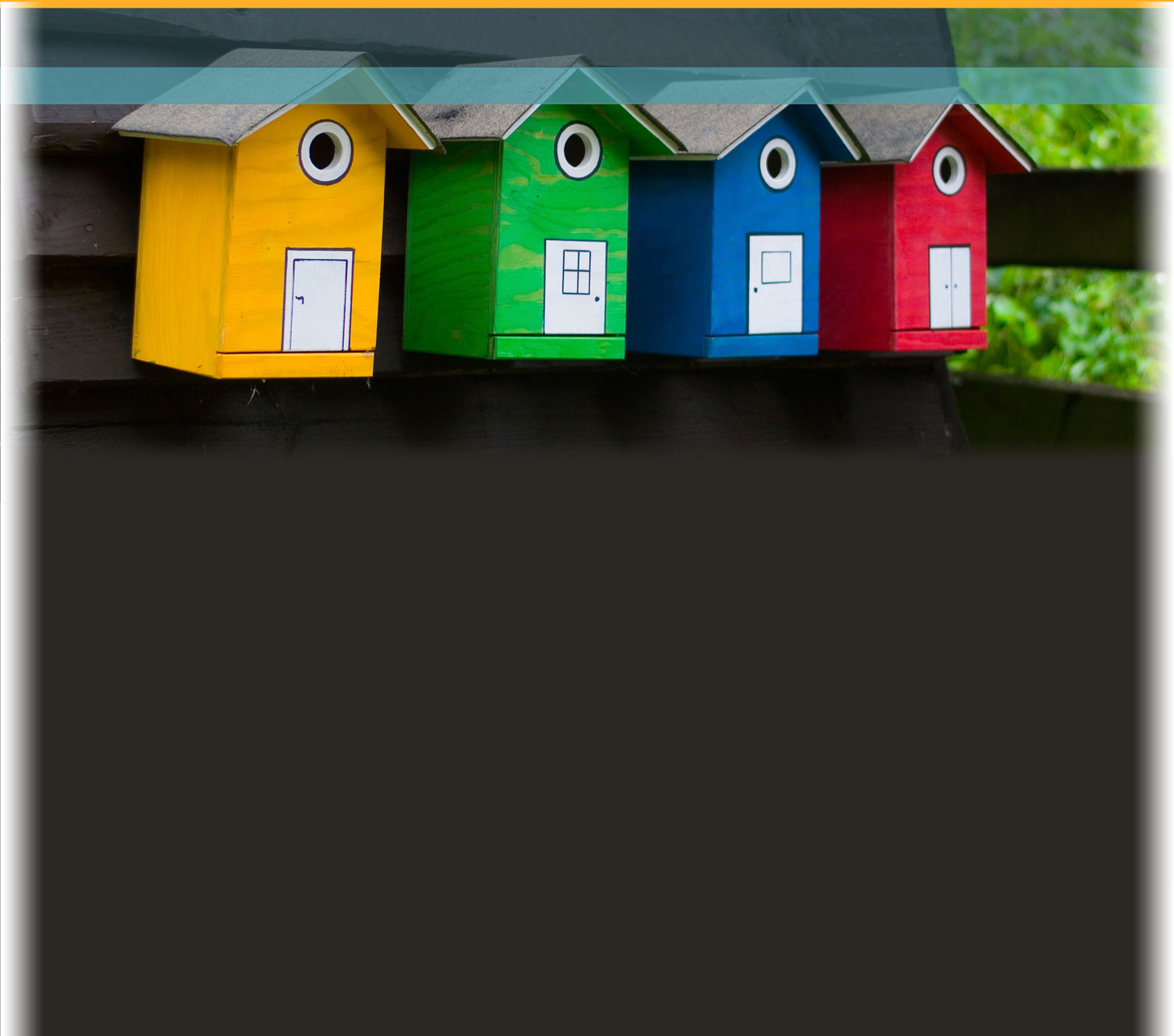Appendix F: Extension Activities
To extend the lesson, consider asking students who have chosen local birds to build their nest boxes out of the materials (cedar, cypress or pine) that they have chosen. Students should arrange to have their nest box installed in an appropriate location and should make an effort to monitor the nest box for signs of life.
Activities for “Did You Know?”
- Students can learn more about the Endangered Species Act by investigating what prompted the act and how it has helped our nation. Allow students to create their own questions about the act and share their findings through an online publishing tool such as Glogster.
- After reading about Park Ranger Kelly Taylor and her job of translating information for non-experts, students can summarize the habitat challenges faced by their chosen bird in a social media post in several messages of 140 characters or less.
- Students can research to discover stories of animals that were thought to be extinct, but who were re-discovered, like the Ivory Bird Woodpecker.
Alternative Final Assessment
- Students can film a Public Service Announcement (PSA) explaining how human actions can prevent the extinction of endangered animals. The final video can be posted for the school community to view.
- Students can film an infomercial to sell kits to build homes for endangered birds.
- Students can create an infographic to create a visual display of data for a selected endangered species. Students can view examples of infographics on visual.ly
 .
. - Students who have or develop a great interest in this topic should be encouraged to learn about habitats in their community that are the most vulnerable due to human impact. Students can identify a habitat, assess it to conceptualize a feasible solution and design a solution that reduces human impact. This work should be shared with the community through multiple sources. (MS-ESS3.3)


